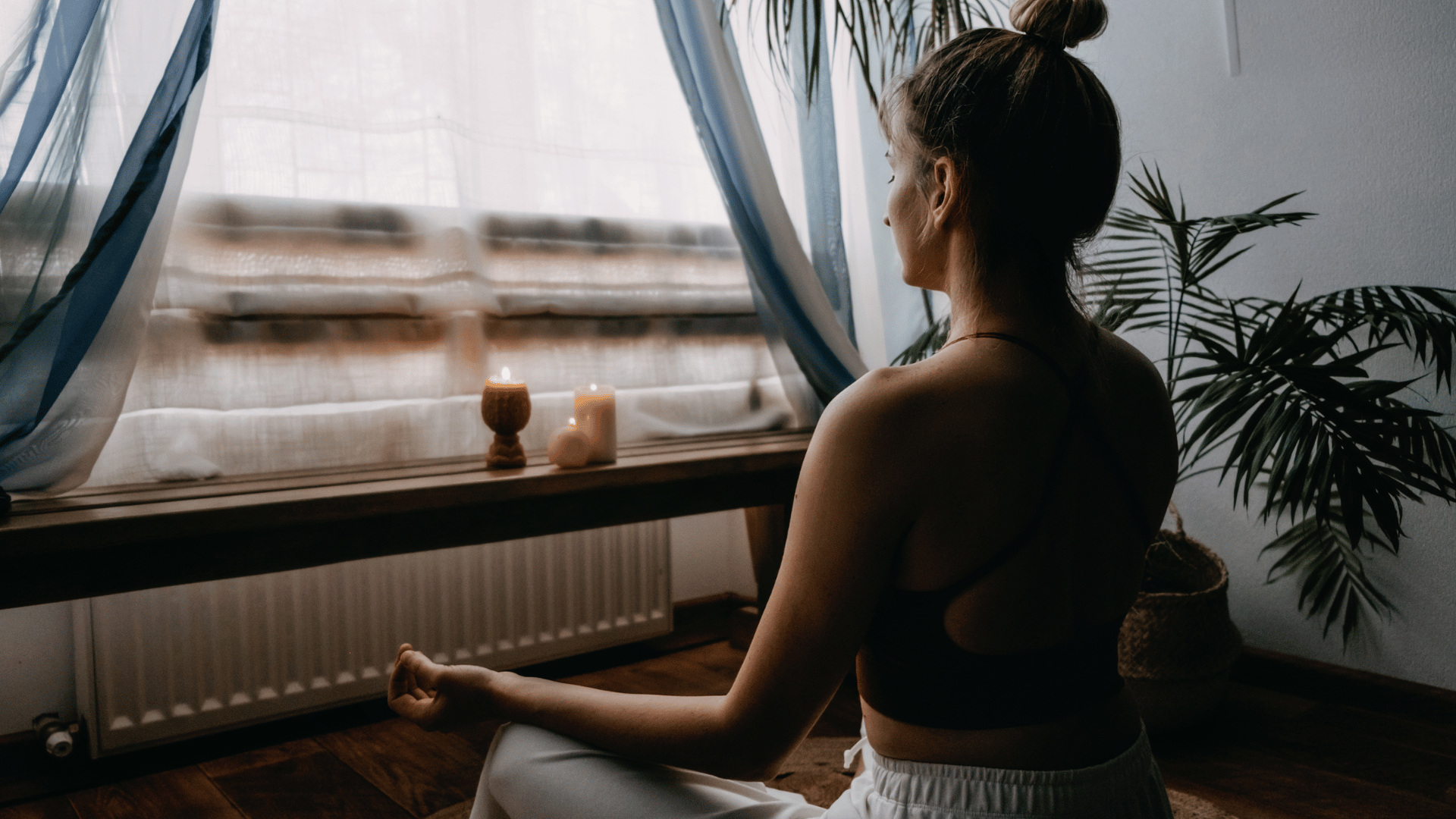Although it might be one of the most popular self-care practices right now, meditation is by no means "unique" or "popular." Since it has been practiced for hundreds of years, meditation has taken on many various forms and has been associated with many nations, continents, faiths, and eras. Actually, there are a lot of advantages for those who regularly meditate. For example, as soon as they sit to meditate, people experience a reduction in anxiety and stress, an increase in their sense of health and wellness, and often better sleep and general health. Over time, those who meditate improve their understanding of the mind's functioning and mental techniques.
The positive effects of regular practice and excellent meditation instruction can literally change your life. It's normal to feel more at ease and serene, both intellectually and emotionally. In addition to bringing about a sense of serenity, meditation can help us react to life's events analytically rather than emotionally. Try incorporating daily meditation into your everyday routine for the best effects.
How to Do a Meditation Retreat at Home
The goal of meditation is to create a calm and peaceful state of mind by focusing single-mindedly on a good object. Every time we meditate, we are engaging in a mental exercise that will eventually lead to inner calm. The effective practice sessions of meditation enhance mental clarity, emotional stability, and general wellness. While starting a meditation practice at home might seem difficult, it's a worthwhile activity that can have a positive impact on your life. With the help of this guide, you can develop a successful meditation habit from the convenience of your own home.
1. Mindfulness meditation session
A common kind of meditation called mindfulness meditation focuses on being fully conscious of your emotions, thoughts, and bodily sensations while maintaining an attitude of openness, curiosity, and non-judgment toward what you observe. The most popular and fundamental type of mindfulness meditation focuses on the act and experience of breathing. Take note of your breathing's most sensitive spots and the sensations it has coming in and going out of them.
Even though breathing awareness is a basic idea, it's not always simple. You'll become lost in thought as you pay attention to your breath. When it occurs, just recognize it and then slowly take a few deep breaths, return your focus, and feel the breath.
2. Best space, best place
All you need is a comfortable, pleasant place to sit; no specialized equipment is required. You can also use a cloth or towel if you prefer to sit cross-legged on the floor; an exercise mat is helpful in this situation. On their beds or in chairs, some people choose to sit.
You should be able to stand up straight and feel comfortable. Leaning back is not as beneficial to your body as sitting upright; some individuals find that using a meditation cushion makes this easier. Be careful not to sink into a couch or mattress if you are using them. They should support you.
3. Unchanged place and time
Try to commit to meditating every day at the same point and time if you are unable to do it in the morning. The secret to creating a long-lasting habit is to incorporate your practice into your everyday schedule. For the purpose of creating a routine, set aside a consistent time each day to meditate. To get the long-term advantages of meditation, discipline is essential.
4. Meditation practice with a cozy outfit
Dress comfortably, and take a seat in a way that is comfortable for your body. Go ahead and do it if you like to sit in a cross-legged pose on the ground. But while seated on a chair, you'll receive the same advantages.
Choose a position that enables you to sit upright with your spine straight, using a back support if necessary. When you meditate, it's okay if your head descends or your straight spine sags. And that is totally typical.
5. Commence early.
When you get up in the morning, try to meditate. That way, when the day grows busier, you can be certain that it gets done and doesn't get pushed off the to-do list. Also, you're alert, rested, and prepared for a thoughtful day when you meditate in the morning. This makes it an enjoyable way to begin the day.
6. Concentrate
The secret to any kind of meditation is to be mindful of the here and now. You practice awareness of the meditation object you have selected when you meditate. Distractions may come in the form of noises, smells, uncomfortable or tense feelings, itching, etc. There will also be diversions that your mind wanders through and generates on its own.
Just acknowledge the presence of those distracting ideas when they arise and return your attention to the breath. As an alternative, you might center your meditation around your body, sounds, or a visual object. Ignore the idea of clearing your head. Observing and returning is the essence of meditation.
7. Take your time.
It's normal to have an active mind. Return your attention to your breathing, the music, or an empowering statement. Keep in mind that there are no wrong ways to meditate. Calm down and accept whatever is going on at the time.
8. End your meditation with goodness.
Consider going about your day in a calm manner, having a relaxing evening, and then falling asleep quietly. Alternatively, resolve to relish your workday, unwind over a break, and finish a beloved pastime at the very end of the day. Finish your meditation by wishing everyone a moment of compassion and goodness.
Consider the good things in your life and cultivate gratitude. Enjoy the little victories and learn from the losses. Most importantly, show everyone positivity, love, and pleasant energy.
Additional tips: 2 types of meditation
Transcendental Meditation vs. Vipassana Meditation: Chanting specific mantras while maintaining mental clarity is a component of transcendental meditation. However, the practice of vipassana involves thinking about everything with clarity. Furthermore, compared to transcendental, vipassana is a far more ancient method.
Although it's not a miracle cure, guided meditation can provide your life with some much-needed breathing room. In the present moment, that's all we require to make better decisions for our communities, families, and ourselves. The three most crucial things you can bring to your meditation practice at home are a cozy spot to sit, a little patience, and peace.
There is more to meditation than simply lying on a cushion. It's a tool that you can use all day. You can practice conscious breathing in your daily life even if you lack the chance to close your eyes and meditate. Regular meditation practice will make you more resilient to stress and able to achieve inner calm in your daily life.
Starting a practice Meditation at home has the power to improve your emotional and mental health. You can reap the many benefits of this age-old practice by setting up a supportive environment, developing a habit, and trying out different ways. To build effective meditation techniques at home that suit your particular requirements and interests, keep in mind that consistency and patience are crucial.










